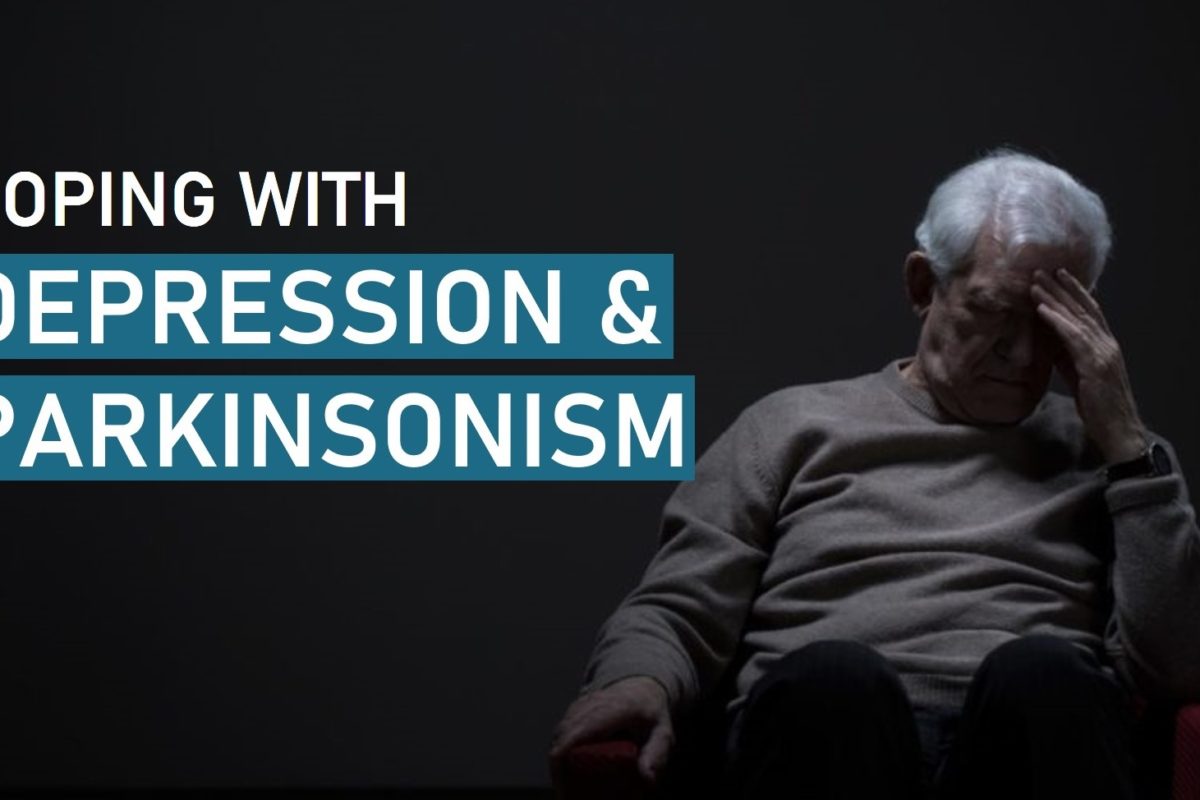Essential tremor is a nervous system (neurological) disorder that causes involuntary and rhythmic shaking.

What is Essential Tremor (ET)?
Essential tremor, also known as benign essential tremor, is a brain disorder that causes a part of your body to shake uncontrollably. This is often confused with Parkinson’s disease.
ET is the most common trembling disorder and everyone has at least some amount of tremor but being so small, they are usually not seen or felt. It isn’t life-threatening and doesn’t cause any serious health problems.
Symptoms of Essential Tremor
One may experience tremors constantly, frequently, or occasionally. Most people experience tremor while doing something (known as action tremors); while some experience tremor when they are doing nothing (known as tremors at rest).
The following are symptoms of essential tremor in different parts of the body:
- Experiencing noticeable shakiness in hands or arms while doing something with your hands.
- Part of your face may appear to twitch, such as eyelids.
- Shaking or quivering sound in your voice.
- Uncontrollable head-nodding.
- In rare instances, tremors in your legs or feet causing problems with the balance.
Essential Tremor Diagnosis
Doctors diagnose essential tremor by observing the tremors and by ruling out other causes. Your doctor may perform a physical exam to evaluate the severity of your tremors. They might also perform certain imaging tests to determine whether you have an underlying condition that’s causing your tremors, such as Parkinson’s disease. These tests can include CT and MRI scans.
To find out for certain factors, your health care provider may have you try to:
- Abstain from heavy alcohol use — trembling is a common symptom among people with alcohol use disorder.
- Avoid caffeine.
- Avoid or reduce certain medicines.
Essential Tremor Treatment
Apart from medications for essential tremor treatment prescribed by your neurologist, there are certain other ways as well to ease the condition. You may not need treatment if your symptoms are minor.
Therapies
You can go to physical therapy to improve coordination and muscle control. Botox injections can also be done in your hands to weaken the muscles and minimize or stop shaking.
Surgery
For severe tremors, a stimulating device (Deep Brain Stimulator) surgically implanted in your brain may help.
Know more about Deep Brain Stimulation Programming or DBS Programming.
Lifestyle Changes
ET isn’t usually a dangerous condition but it can be frustrating. But certain lifestyle changes may help decrease tremors:
- Avoiding stressful situations as much as possible
- Using relaxation techniques, such as yoga, or breathing exercises
- Avoiding caffeine and alcohol
- Consult your neurologist to see if any medications you are taking making the tremors worse
If Essential Tremor (ET) starts affecting your quality of life or if you develop any new neurological symptoms such as numbness, talk to you your healthcare provider immediately.



